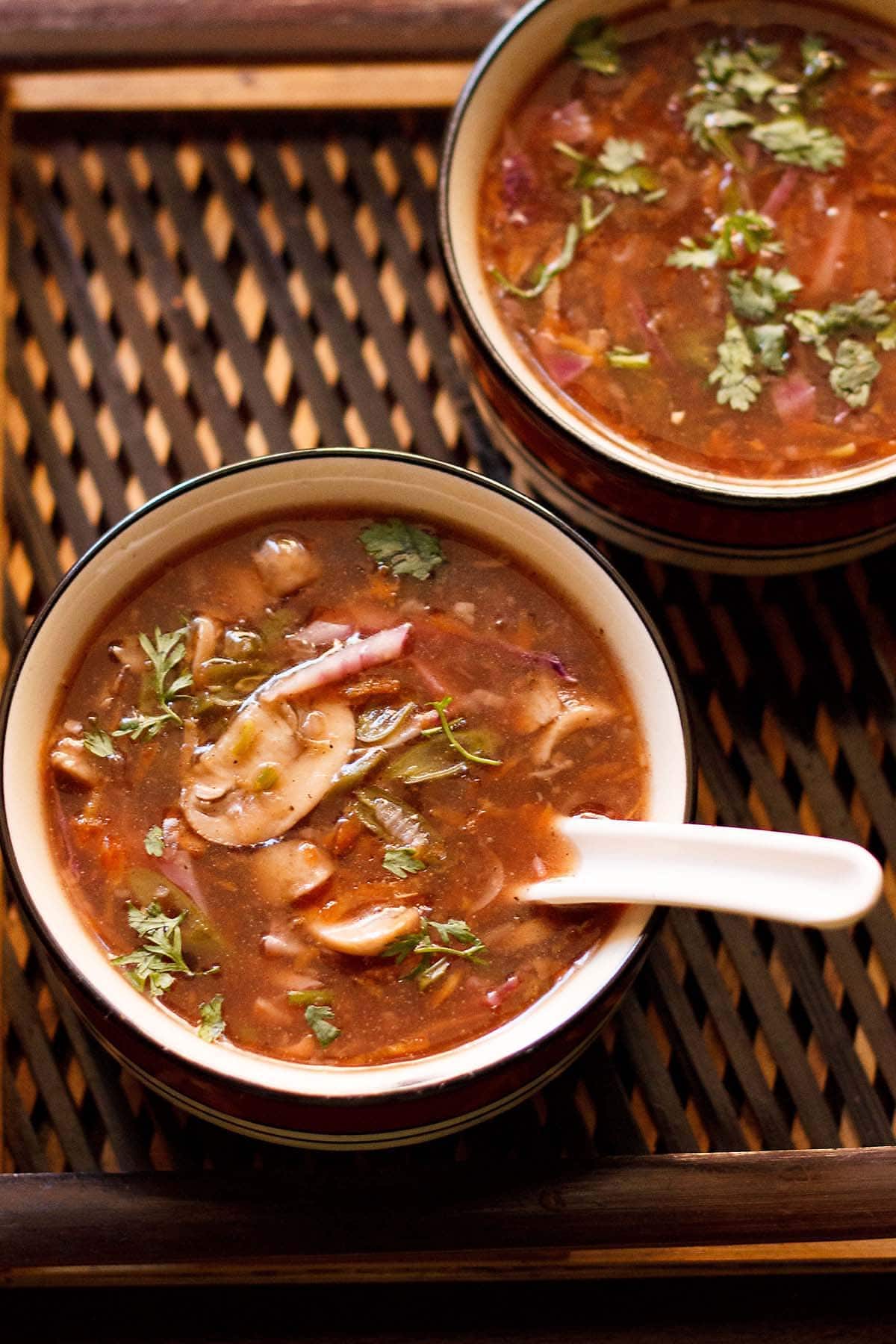Embarking on a journey to improve your health can often feel like navigating through a maze of dietary advice and nutrition plans. However, one path that has consistently shown promising results for enhancing overall wellness is adopting a no-sugar, low-cholesterol diet. This approach not only aids in weight management but also plays a crucial role in maintaining heart health and stabilizing blood sugar levels. If you’re a beginner looking to make a significant lifestyle change, this comprehensive 30-day meal plan is designed to guide you through each step, ensuring a seamless and effective transition. Let’s dive into the essentials of this health-transforming regimen.

Why Choose a No-Sugar, Low-Cholesterol Diet?
Before we delve into the meal plan, it’s important to understand the benefits of reducing sugar and cholesterol intake. A diet high in sugar and bad cholesterol (LDL) is a major risk factor for heart disease, diabetes, and obesity. By limiting these components, you not only lower the risk of developing chronic diseases but also improve your energy levels, skin health, and mental clarity.
Week 1: Ease Into It
Day 1-7: The Foundation
Breakfast: Start your day with a bowl of oatmeal topped with fresh berries and a dash of cinnamon. Oats are high in soluble fiber, which can help lower cholesterol levels, while berries provide natural sweetness without the added sugar.
Lunch: Opt for a quinoa salad with mixed greens, cherry tomatoes, cucumber, avocado, and a lemon-olive oil dressing. Quinoa is a complete protein source, and avocados are rich in monounsaturated fats, beneficial for heart health.
Dinner: Enjoy grilled salmon with steamed broccoli and a side of sweet potato. Salmon is loaded with omega-3 fatty acids, which are known to reduce blood cholesterol and improve heart health.
Snack Ideas: Almonds, carrot sticks with hummus, or Greek yogurt with a sprinkle of chia seeds.
Day 8-14: Building on the Basics
As you become more comfortable with the initial changes, start experimenting with different vegetables and lean protein sources. Incorporate more fiber-rich foods like beans and lentils, which are excellent for controlling cholesterol levels.
Breakfast: Try a spinach and feta omelet with whole-grain toast. Eggs are a good source of protein, and whole grains can help lower LDL cholesterol.
Lunch: A turkey and avocado wrap with whole-grain tortillas. Turkey is a lean protein, and whole grains contribute to your daily fiber intake.
Dinner: Baked chicken breast with quinoa and asparagus. Chicken provides lean protein without the high cholesterol content found in red meat.
Snack Ideas: A small bowl of mixed berries, a handful of walnuts, or sliced pear with almond butter.
Week 2: Introduce Variety
Day 15-21: Diverse Flavors
This week, focus on incorporating a variety of flavors and cuisines into your meals, making your diet more enjoyable and less monotonous.
Breakfast: Greek yogurt with mixed nuts and a drizzle of honey. Greek yogurt is high in protein and probiotics, which are beneficial for gut health.
Lunch: Lentil soup with a side of whole-grain bread. Lentils are an excellent source of plant-based protein and fiber.
Dinner: Stir-fried tofu with vegetables and brown rice. Tofu is a great source of protein and iron, and brown rice is rich in fiber.
Snack Ideas: Rice cakes with avocado, a smoothie with spinach, banana, and almond milk, or a small serving of dark chocolate (at least 70% cocoa).
Day 22-28: Experimenting with Plant-Based Options
Incorporate more plant-based meals into your diet. Plant-based diets are associated with lower cholesterol levels and reduced risk of heart disease.
Breakfast: Chia pudding made with almond milk and topped with fresh fruit. Chia seeds are high in omega-3 fatty acids and fiber.
Lunch: Chickpea salad with a variety of vegetables and a tahini dressing. Chickpeas are a good source of protein and fiber.
Dinner: Vegetable curry with brown rice. Vegetables are low in calories and high in nutrients, making them ideal for a healthy diet.
Snack Ideas: Celery sticks with peanut butter, a handful of pumpkin seeds, or a kiwi fruit.
Week 3: Mastering Mindful Eating
Day 29-30: Reflect and Adjust
The final days of your 30-day challenge are a time to reflect on the changes you’ve made and how they’ve affected your health and well-being. Consider keeping a food diary to monitor your progress and identify areas for improvement.
Breakfast: Avocado toast on whole-grain bread with a side of mixed berries. Avocados are a great source of healthy fats, and berries are rich in antioxidants.
Lunch: Grilled chicken salad with mixed greens, nuts, and a vinaigrette dressing. Nuts add a crunchy texture and are a good source of healthy fats.
Dinner: Baked cod with a side of roasted vegetables and quinoa. Cod is a low-fat protein source, and roasted vegetables add flavor and nutrients to your meal.
Snack Ideas: A piece of fruit, a small serving of unsalted nuts, or a hard-boiled egg.
Bonus Tip: Stay Hydrated
Remember, staying hydrated is key to supporting your body’s health. Aim to drink at least 8 glasses of water a day, and consider adding lemon or cucumber for some natural flavor.
Conclusion
Embarking on a 30-day no-sugar, low-cholesterol meal plan is a commendable step towards improving your health and well-being. By focusing on whole, nutrient-dense foods and minimizing processed ingredients, you’ll not only reduce your risk of chronic diseases but also experience enhanced energy levels and overall vitality. Remember, the journey to better health is a marathon, not a sprint. Be patient with yourself, and don’t hesitate to adjust the meal plan to better suit your preferences and lifestyle. Here’s to a healthier, happier you!

Remember: Always consult with a healthcare provider before making significant changes to your diet, especially if you have pre-existing health conditions.













